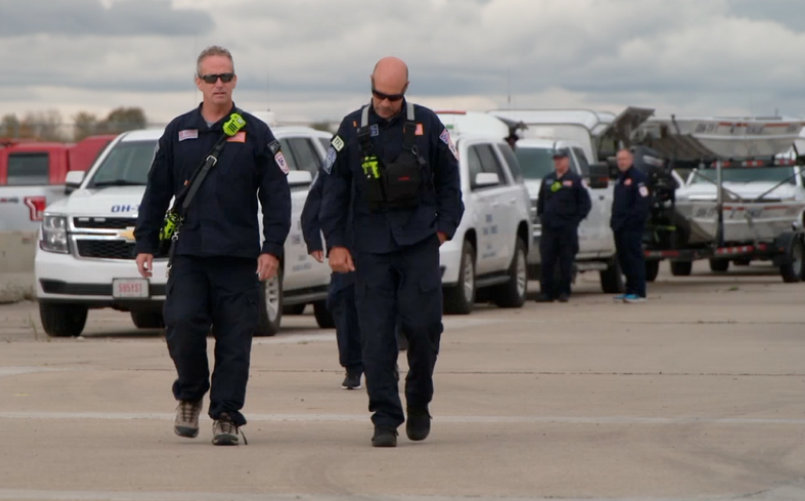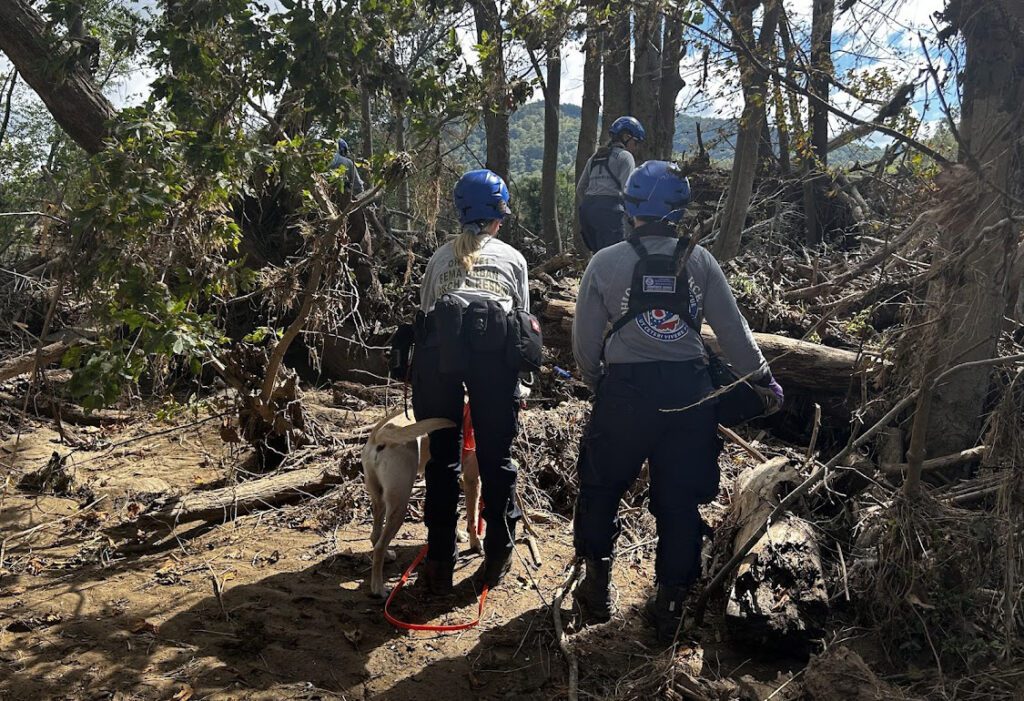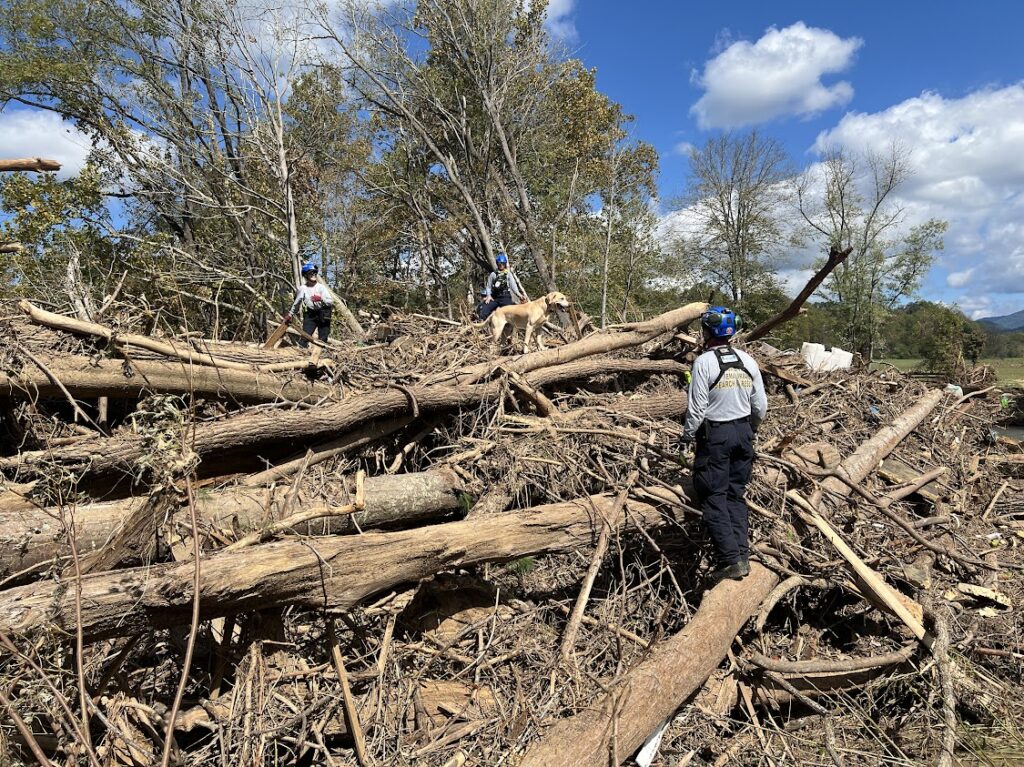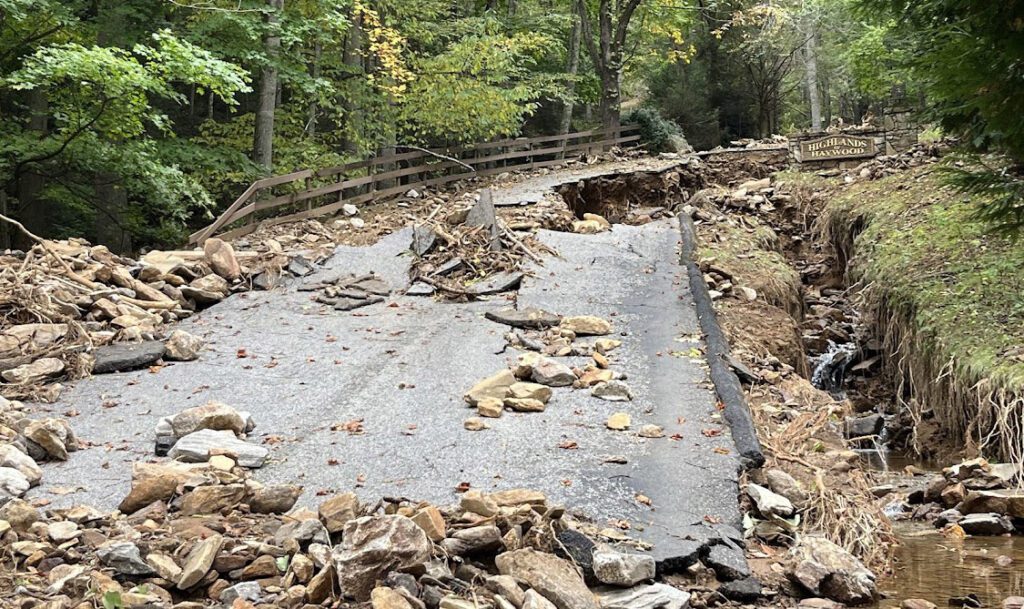
Toledo assistant fire chief, engineer respond to hurricane disasters
An Ohio-based team helped in rescue and recovery efforts during recent back-to-back hurricanes (Helene and Milton) that hit several southern states. The take-away from local members of that team’s roughly three weeks on duty? Wonder at both the devastating power of nature and the restorative power of community.


Ohio Task Force One is one of 28 Urban Search and Rescue teams managed by the Federal Emergency Management Agency (FEMA). Its home base is a warehouse in Vandalia, north of Dayton. Its more than 200 volunteer members come from Ohio, with a few from northern Kentucky.
“It was a record-breaking deployment for the task force,” said John Kaminski, an Ohio Task Force One leader and an assistant chief of the Toledo Fire and Rescue Department. “It was the longest in our history. It was three deployments in one.”
Kaminski said the team received deployment orders on Sept. 24 to convene at the Vandalia base. From there, 82 people in 16 vehicles left in a convoy to the Orlando, Fla. area, in advance of Helene.
He said the team was mostly composed of active or retired first responders. The vehicles: five pickup trucks, three or four with trailers, boats, and an all-terrain vehicle; two vans, two SUVs; a bus; three semis, and three box trucks, complete with 50 tons of hand tools and other equipment.
Kaminski said the task force’s main mission is to help authorities on the scene account for people in the storms’ path, rescue those who may be trapped, and recover bodies.
The task force also has engineers. Ben Plowman, of Maumee, a structural engineer for a private consulting firm, said the mission for his colleagues is to “identify any hazards in a collapsed or compromised structure. Our role is to keep the search and rescue people safe.”
As to the damage he saw on this deployment, he described it as “the most devastation I’ve ever seen in my eight years with the task force.”
For what they experienced, Kaminski said in one stretch early in their deployment, the team searched 20,000 houses in 15 hours. There was a lot of debris and downed trees, and something that surprised him. “There was a lot of sand with Helene,” he said, adding storm winds usually don’t push that much sand inland. “There was a lot of beach erosion.”

On Sept. 29, the task force was sent to North Carolina in response to the storm’s aftermath. The task force – traveling together as a unit – operated west of Asheville. Kaminski said, in a sense, the task force acted as detectives – talking with people to learn who had left before the storm to live with relatives or friends out of state, and to help others find closure.
The team then was deployed east of Asheville. Altogether, it spent a week in North Carolina, after a week in Florida. At that point, eight of the volunteers had to return to their homes or jobs but were replaced by eight other volunteers.
What stood out about North Carolina was the effect of water “and what it can do, moving cars on top of cars and what it does to the infrastructure. It was mind-boggling,” Kaminski recalled.
On Oct. 7, the task force was re-deployed to Florida in the face of Milton, which spawned tornadoes.
The task force returned to Vandalia on Oct. 14 at 5 a.m. after about a 21-day deployment, Kaminski said. The team traveled about 4,000 miles in that time.


Everywhere they went, storm victims greeted them warmly. “People would come up to us and ask if they could hug us, pray for us, shake our hand,” Kaminski said. “We got an outpouring of support from people who literally lost everything. They wanted to hand off their groceries to us – we said, ‘No. What do YOU need?’”
Plowman had the same experience. “The people who came across us said we meant the world to them, that when they saw people with boots on the ground going house to house, asking if everyone’s okay and accounted for; they feel like people do care.”
He added, “One thing that will always stay with me in this deployment was the selflessness, spirit and sense of community from the people who had lost so much.”
“Every time we go, we bring back experience to our home agencies. Northwest Ohio is no stranger to tornadoes and severe weather. We learn how to manage resources. These deployments … we learn so much from them. It’s invaluable,” Kaminski said.
Kaminski made two final points: Kudos to those who allow the task force volunteers to do what they do; and that the people of storm-hit Florida and North Carolina continue to need help through valid agencies.






